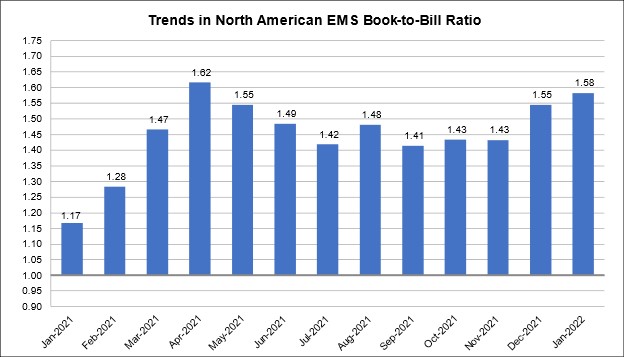WHMA Announces New Board Members at the WHMA Annual Wire Harness Conference 2022
At the 29th WHMA Annual Meeting on February 18, the WHMA Board of Directors welcomed three new officers and one new member. Board officers serve a three-year term and board members can serve two, three-year terms.
The newly elected Board officers are:
- WHMA Board Chairman: Joe DeMan, president, Interconnect Dynamics – An Amphenol Global Solutions Provider
- WHMA Board Vice Chairman/Secretary: Gustavo Farell, president, Cesar-Scott, Inc.
- WHMA Board Immediate Past Chairman: Rick Bromm, president, ALTEX, Inc.
The newly elected Board member is:
- Board Member: Doug Chowning, president, American Syscomptel, Inc.
"I am pleased to welcome Doug Chowning as a new WHMA Board member and congratulate Gustavo Farell on becoming Vice Chairman/Secretary,” said Rick Bromm, immediate past chair of the WHMA Board. “I’m proud to say that Joe DeMan will lead the next chapter of our work in his new role as Board Chairman. Joe has demonstrated exceptional commitment to advancing WHMA’s mission, and we’re looking forward to his leadership.”
“I feel very privileged to take on this role at such an exciting time for our association — the dedication of WHMA’s Board of Directors towards their mission of Lead, Educate and Connect has brought WHMA’s membership many new growth opportunities,” stated Joe DeMan, chairman of the WHMA Board. “It's my honor to work alongside the Board to continue growing our future in the wire harness and interconnect industry.”
For the full list of WHMA’s Board of Directors, visit www.whma.org/about/board-of-directors. For information on WHMA Annual Conference, visit https://annualconference.whma.org.

